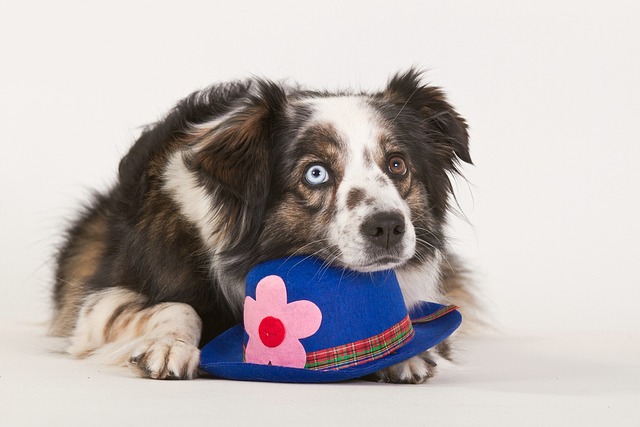
What are the most common dog diseases?
As a dog owner, there’s nothing scarier than seeing your furry friend under the weather. Understanding the most common dog diseases isn’t just about knowledge—it’s your first line of defense.
Picture this: You’re sipping morning coffee in your Brooklyn apartment while your toy poodle, Charlie, nudges his empty bowl. Or maybe you’re rushing home from work in London, worried you’ve left Milo waiting too long for dinner. Sound familiar? Let’s unpack the real story behind feeding schedules for adult toy poodles—beyond just "how many times a day."
Most healthy adult toy poodles thrive on two balanced meals daily, roughly 12 hours apart. Why two? Their tiny stomachs (about the size of a lime!) struggle to handle large volumes. Splitting food maintains steady blood sugar, preventing energy crashes or anxiety-induced barking during your Zoom meetings. Jenny from Seattle learned this the hard way: Her 5-year-old poodle, Daisy, developed bilious vomiting syndrome after skipping breakfast. A consistent 8 AM/6 PM schedule resolved it within weeks.
But quantity matters as much as timing. That "puppy-dog eyes" trick? It’s evolutionary! Measure portions precisely—usually ¼ to ½ cup high-quality kibble per meal—using an actual measuring cup, not that chipped mug by your coffee machine. Obesity sneaks up fast: 30% fewer calories than labels suggest often fits urban poodles who mostly stroll sidewalks, not forests.
Now, here’s where culture meets kibble. In Germany, leaving food out ("free-feeding") might earn side-eye at the neighborhood Hundetreff; it confuses housetraining and undermines training opportunities. Which brings us to a non-negotiable: Positive reinforcement only. Slamming bowls or yelling creates food-guarding tendencies. Instead, reward calm sits before meals with a quiet "Yes!"—this builds patience, not fear.

Speaking of culture, let’s address legal must-dos while we chat feeding. Always carry biodegradable poop bags during post-meal walks (yes, even in that Paris downpour!). Many U.S. states and EU zones mandate leptospirosis vaccines—a real risk from puddle-sipping on city streets. And please, no retractable leashes near playgrounds; tangled toddlers ruin everyone’s day.
Apartment dwellers, take note: Use mealtimes strategically. A puzzle feeder at 6 PM distracts Buddy from barking at hallway noises, leveraging his natural foraging instinct (thank you, canine ethology!). If work forces late dinners, automate feeding with a timer bowl—but test it first. Ask Tom from Toronto: His device malfunctioned, scattering kibble like confetti at 3 AM.
Ultimately, flexibility exists. Diabetic or senior poodles? Three smaller meals prevent glucose spikes. But never compromise on water access or dental care—those tiny teeth trap debris fast. And if Fifi turns up her nose? Skip the drama. Offer food for 15 minutes, then remove it. Hunger rarely loses to stubbornness.

As a dog owner, there’s nothing scarier than seeing your furry friend under the weather. Understanding the most common dog diseases isn’t just about knowledge—it’s your first line of defense.

Picture this: It’s 7 AM in your Seattle apartment, and your golden retriever, Bailey, greets you with breath that could wilt flowers.

Picture this: You're chopping rainbow carrots for dinner in your Chicago apartment when your Labrador, Bear, plants hopeful eyes on the cutting board.

Imagine coming home after a long day, and your new furry friend runs to greet you at the door. It’s a heartwarming moment that makes you wonder:

Ever caught yourself staring at your pregnant furball,wondering when those tiny paws will finally make their debut?The anticipation can feel endless,but understanding a dog's pregnancy timeline is key to keeping both mom and puppies safe.

Picture this: You’re sipping morning coffee in your Brooklyn apartment while your toy poodle, Charlie, nudges his empty bowl. Or maybe you’re rushing home from work in London,